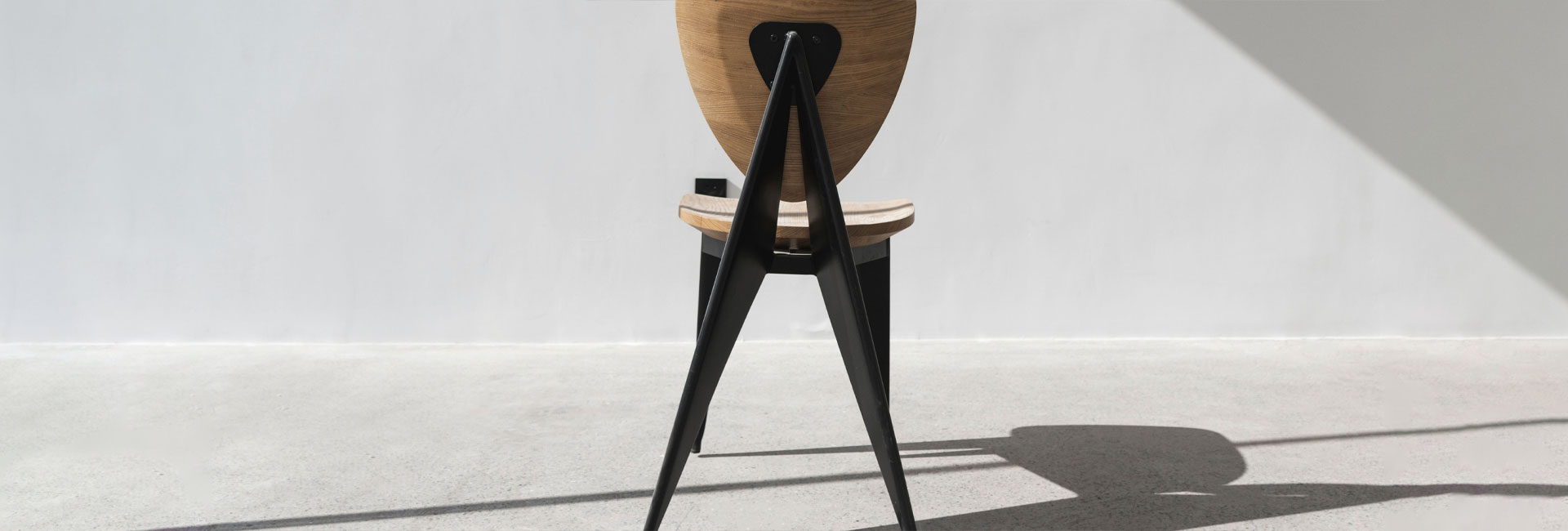
Used under a Creative Commons Licence
From Jewellery to Furniture: Design Protection for Creatives
When you think of design law, most people picture furniture, but the reality is that Australia’s Designs Act 2003 (Cth) applies to a wide range of creative outputs—from jewellery designs and homewares to clothing, lighting, textiles, toys, machines, and even doll designs. Whether you’re sketching a pendant, sculpting a table leg, weaving a carpet, engineering a new bike frame, or launching a signature fashion label, your design deserves protection.
At DesignWise Legal, powered by Sharon Givoni Consulting, we work with creators across industries to secure their intellectual property rights and avoid common legal pitfalls hidden in contracts and supply agreements. This blog looks at those traps and how to sidestep them—before they cost you your creative legacy.
Hidden Legal Traps in Commercial Contracts for Designers
You’ve put months into developing a unique design—maybe a luxury dress, a ceramic lamp, or a modular toy. A retailer or manufacturer approaches you with interest. You sign. But buried in the trading terms is a clause that permits them to manufacture or commission products that are “identical or substantially similar” to yours, without legal consequence.
We’ve seen it happen across all sectors: a jeweller loses control of a bracelet design; a textile designer finds their rug patterns duplicated by a chain store. These hidden terms can gut your rights if you don’t know what to look for.
These types of clauses may also fall under scrutiny with Australia’s recent unfair contract terms reforms, which broaden protections for small businesses and penalise unfair terms in standard form contracts.
For further details, see the ACCC’s guide on unfair contract terms: https://www.accc.gov.au/about-us/publications/a-guide-to-the-unfair-contract-terms-law
Why Copyright Isn’t Always Enough
Many creators think they own copyright the moment they create a new product.
While this holds true for artworks and literature, it does not always apply to industrial or functional designs like fashion pieces or household goods.
Once a design is mass-produced (usually 50 units or more), copyright protection is usually lost—unless it qualifies as a “work of artistic craftsmanship.”
That’s why understanding design registration is key.
How Design Registration Protects Your Work
Design registration gives you the exclusive legal right to use, license, and take action against those who copy or imitate your work. It applies to the overall appearance, shape, configuration, and ornamentation of a product.
To register a design, it must be:
- New: Not publicly disclosed before the application;
- Distinctive: Visually different from existing designs.
- Registration lasts five years, with the option to renew once—giving you up to 10 years of protection.
The 12-Month Grace Period: Vital for Designers
As of 10 March 2022, Australia introduced a 12-month grace period under the Designs Act.
This means that if you’ve shown your design publicly—online, in a gallery, or at a market—you can still apply for registration within 12 months.
This provides flexibility for testing the market without instantly forfeiting rights. To use the grace period, you must submit evidence such as:
- Screenshots of online posts;
- Trade show dates;
- Promotional materials.
This won’t stop others from using the design if they started before your registration (the “prior use defence”).
TIP: Register your design before disclosure where possible, especially if commercialisation is on the horizon.
Your Registered Design Is a Must?
Design registration is important but just know that if someone copies your registered design, you cannot take legal action until it is certified by IP Australia.
Certification is a legal examination process that confirms your design is new and distinctive.
It may take several weeks and incurs extra costs.
Without certification:
- You cannot sue for infringement;
- Your registration has no legal teeth.
Together, they provide powerful, layered protection. Consider these examples:
- Zimmermann, Australia’s globally celebrated fashion label, has over 100s registered designs, covering clothing, trims, and decorative features.
- Canturi, a luxury jewellery brand, has registered designs for its jewellery designs.
- Coca-Cola protects its bottle shape under both design and trade mark law.
Case Study: When a Design Goes Unprotected
Anna Soh, a Melbourne-based jewellery designer, created a distinctive wave-textured bangle that quickly caught attention at local markets. She shared the design on social media but didn’t register it. A few months later, a major retailer launched a near-identical bangle at a lower price point. Anna was devastated—but because she didn’t register the design, she had no legal recourse to stop the imitation. Had a registered design been in place, the legal outcome could have been much stronger.
FAQs for Australian Designers
Can I register a design after I’ve shown it online?
Yes—within 12 months under the grace period.
Can I register both the name and the look of a product?
Absolutely. Register the design and a trade mark for full coverage.
What if someone copies but tweaks my design?
If their version creates a “substantially similar overall impression,” it could still infringe. Legal advice is essential.
Can I take someone to court for copying my design?
Only if the design has been certified.
What DesignWise Legal Can Do for You
At DesignWise Legal, powered by Sharon Givoni Consulting®, we help designers across all industries—from fashion to tech—protect their IP with:
- Contract reviews and retailer term negotiation;
- Advice on copyright vs. design law;
- Filing and certifying registered designs;
- Trade mark strategy and applications;
- Licensing and collaboration agreements;
COMING SOON: Design templates, contracts and toolkits for creatives.
Please note the above article is general in nature and does not constitute legal advice.
Please email us info@iplegal.com.au if you need legal advice about your brand or another legal matter in this area generally.

